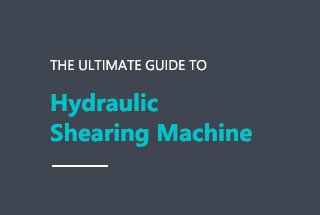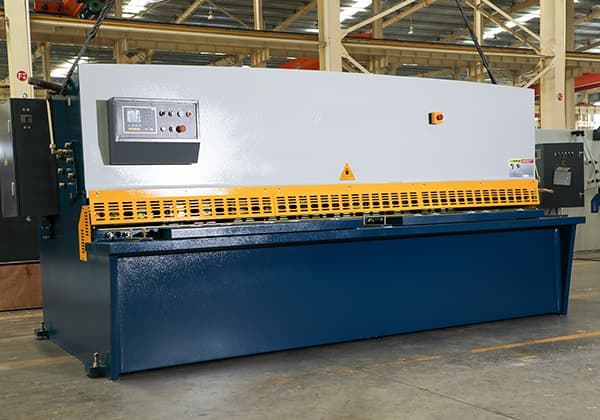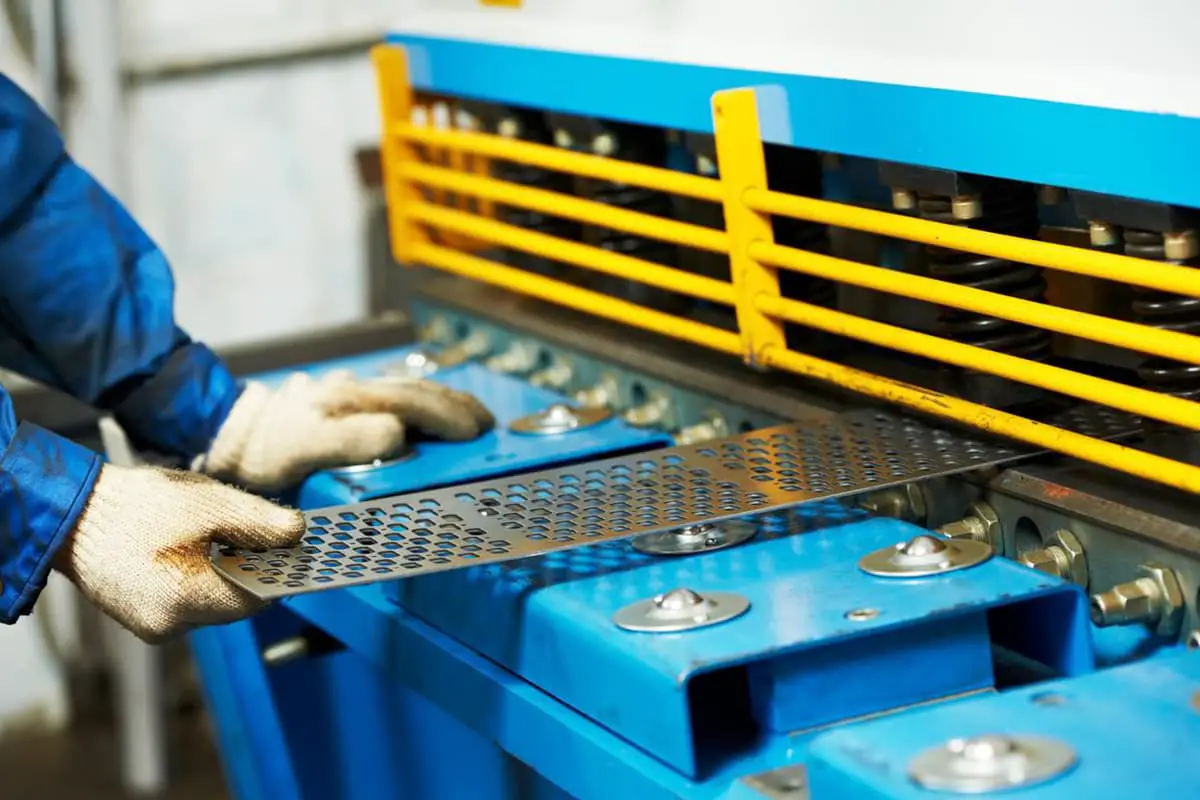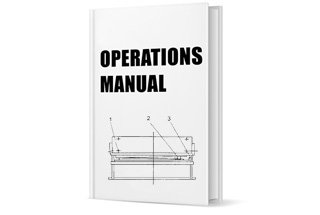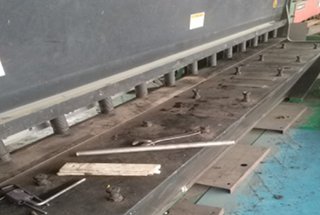
How can you ensure your guillotine shear operates safely and lasts longer? This article explores essential maintenance practices for guillotine shears, from daily checks to yearly overhauls. You’ll learn crucial steps to keep your equipment in top condition, including lubrication, cleaning, and inspections of various components. By following these guidelines, you can enhance the efficiency and safety of your operations, minimizing downtime and costly repairs. Read on to discover practical tips and techniques for maintaining your guillotine shear effectively.

For safe operation, machines that use mechanical, hydraulic, electrical, and electronic devices are high-risk machine tools. Except for maintenance tasks listed in this manual, other maintenance must be carried out by professional maintenance personnel.
Daily maintenance:
Ensure the equipment is clean and free from corrosion.
Inspect the cutting tool for sharpness and wear, applying a light coat of oil for preservation.
Verify the normal operation of the NC device, ensuring no alarms are present.
Test all switch buttons for proper functionality and absence of jamming.
Weekly maintenance:
Monitor the hydraulic oil level, confirming it’s within the specified range.
Examine the rear stop ball screw, applying a fresh coat of grease and removing any dust or oil residue.
Inspect the rear retaining support bearing and replenish with lubricating grease as needed.
Check the slide guide rail and apply grease to ensure smooth operation.
Inspect the water level in the filter pressure reducing valve, draining excess as necessary.
Lubricate wear-prone components and roller bearings lacking dedicated lubrication points.
Monthly maintenance:
Inspect and clean the air filter, replacing if efficiency is compromised.
Examine conductors and cable sheaths for damage or insulation degradation.
Verify the clarity and visibility of all equipment signage and warning labels.
Inspect the machine’s anti-pinch mechanism for integrity and proper securement.
Quarterly maintenance:
Assess the ram’s boom adjustment for any looseness or misalignment.
Verify the rear stop positioning accuracy, ensuring errors do not exceed ±0.1mm.
Check the air circuit system’s valves for smooth and responsive operation.
Inspect all valve bodies, oil lines, and hydraulic system joints for leaks or blockages.
Examine electrical components both inside and outside the control cabinet for wear, loose connections, or poor contact.
Semi-annual maintenance:
Inspect and clean the oil pump’s inlet filter, replacing if necessary.
Check the air circuit system’s filter pressure reducing valve and oil mist separator for cracks or air leaks.
Annual maintenance:
Perform a comprehensive cleaning of the oil tank and oil pump inlet filter. Replenish with fresh hydraulic oil (initial replacement at 2000 hours or one year, subsequent replacements every 4000 hours or two years).

